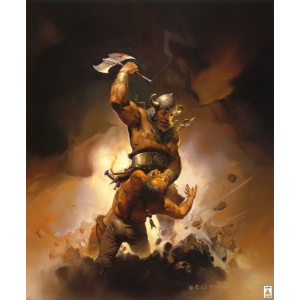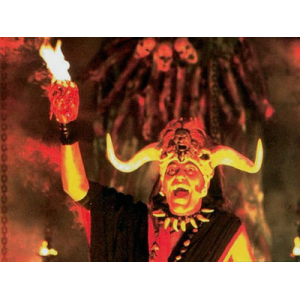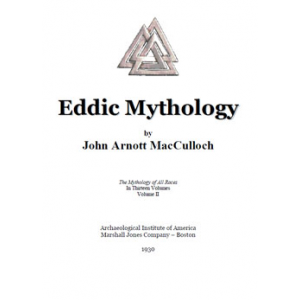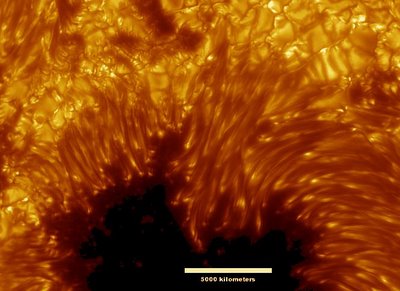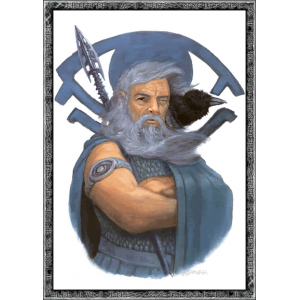
ISBN13: 9780615158006
PUBLISHER: RIVER HOUSE PUBLISHING
PUBLISHED: AUGUST 22, 2007
PAGES: 204
SYNOPSIS: "The CR FAQ - An Introduction to Celtic Reconstructionist Paganism" is a landmark in the field of Celtic religion and spirituality. The first book completely devoted to the spiritual path of Celtic Reconstructionism (CR), it is the work of a diverse group of CR elders - including some of the founders of the tradition - making it a foundation document for this growing religious and cultural community.
Celtic Reconstructionist Paganism (CR) is a movement that seeks to rebuild and revitalize an authentic, pre-Christian, polytheistic spiritual practice - one that is true to the ancient sources and the ways of the ancestors, yet also contains deep relevance to our lives in the modern world. Celtic Reconstructionists place a strong emphasis on the preservation of Celtic languages and cultures, and on respecting the definitions found in the living Celtic cultures rather than redefining them.
Patricia Kennealy Morrison, Celtic priestess and author of "The Keltiad", says: "There has been a need for this book for decades. Finally it's here. Comprehensive, common-sensical, reverent, witty, all-encompassing: it deals with Celtic modes in a way both down-to-earth and tran-scend-ent, honoring the past, sacring the present, hallowing the future. Anyone who feels the pull of the Celtic way of spirit, regardless of ethnic heritage, and who would like to embody it in their lives, needs to read this extraordinary work."
With a welcome glossary and pronunciation guide, "The CR FAQ" also provides a much-needed and helpful introduction to the Celtic languages. Additionally, suggestions for personal practice, along with a resources section, furnish the reader with an entrypoint to the community as well as the tradition.
"The CR FAQ" is the only book on the topic that speaks for more than one group's or individual's vision: As a collaborative work, the core group of authors reached a group consensus before finalizing and approving the text. Input from the wider, international community of Celtic Reconstructionists was also solicited, and their feedback incorporated. Focused yet accessible, serious though humorous, it provides a thorough introduction to its subject and a great resource for the seeker on the Celtic path.
All proceeds are being donated to Gaelic language and cultural preservation charities in the Celtic Nations and worldwide.
REVIEW: I bought this book for myself even though all of it is already on the internet for two reasons, the first is that I like the feel of a book in my hands and enjoy it more than having to read it via the internet, and secondly because I wanted to reacquaint myself with the information presented in it. Lately, a lot of the people I spoke to about CR seem to misunderstand what it is.
The book is pretty short (from my point of view lol) 155 pages of questions and answers and the rest is a pronunciation guide with a glossary, which aren't online. Both are a great addition to the FAQ. It is very well organized just like the website and the writing is very clear and precise. The information within is very simple yet extremely informative and for a beginner on the path invaluable. The reading list provided might need to be updated with the latest books on the subject of the Celts but the books on the list are still a must read for anyone thinking of walking this path.
If you don't want to buy the book I highly recommend reading it online here [http://www.paganachd.com/faq/index.html]
Labels: greek god odin hindu gods and goddesses pictures norse god odin the roman gods and goddesses names latin gods and goddesses roman gods and goddesses for kids pagan religions
